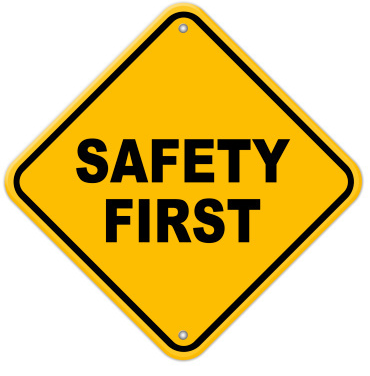
Hot Tubs and Swim Spas are great place for relaxation and fun for all, but as this is a water based activity safety in around the spa is paramount to minimise the risk of injury or drowning.
Electrics:
Electrics and water do not mix and there is a risk of electric shock, so it is important to ensure your power supply to the spa or the socket is fitted by a fully qualified electrician with the isolator or socket positioned no less 2 metres away from the spa. Ensure any loose cabling that is not buried is kept out of the way to reduce the risk of tripping over it or damaging the cable and for plug and play models ensure socket and plug are kept dry always and is fitted with RCD protection. The engine room within the cabinet houses the control unit that operates the spa, the door enclosing the unit should always remain shut. If water happens to enter the engine room, turn the spa off at the power outlet and make sure all the components are dry before attempting to power the spa back up. Never have any electrical devices within 2 meters of the spa.
Drainage requirement:
Ensure that the spa is not in a low or floodable position; as this could cause electrical equipment shortage or be dangerous to spa users.
Temperature:
Keep your spa water temperature no higher than 40℃., the higher water temperatures can cause strain on the cardiovascular system. Limit spa use to no more than 15-20 minutes at a time and if when you feel you are getting too hot, sit on the cooling seat or get out and allow your body to cool, when you feel comfortable you may submerse yourself back into the spa pool. Hyperthermia may be fatal!
Medical conditions:
People with diabetes, high blood pressure, heart disease or other cardiovascular conditions should consult their physician before using a spa.
People with open sores or any type of infection should not use the spa.
Hot water is an ideal environment for spreading infection, especially if sanitizer levels are not properly maintained.
Women who are pregnant should consult their physician before using a spa.
To reduce the risk of contaminating spa water and minimize health risks, shower with soap and water prior to using the spa.
Alcohol & Medication:
The consumption of alcohol in and around the spa pool is a hazardous practice. Never use glass drinking vessels near the spa pool. Alcohol can cause drowsiness and lead to drowning. Any person taking medication should consult their physician before entering the spa pool.
Children:
Children should be supervised always.
Preventing Slips:
Always take care when entering and exiting a spa due to slippery, uneven surfaces. Handrails and non-slip surfaces will help to minimize the risk of slipping and falling.
Weather Conditions:
Do not operate or soak in a spa during severe weather conditions i.e. thunderstorms or electrical storms.
Ventilation:
If the spa pool is not sufficiently ventilated some people may experience throat irritations. Make sure that the spa is properly ventilated if you are installing it in an enclosed area.
Chemicals:
Ozone generators help reduce bacteria but is still necessary to use chemicals to control bacteria, prevent infection and maximize the life of your spa and its equipment. However, in concentrated form of these chemicals, like other household chemicals, can be hazardous. Always handle and use them with care. Refer to the product's label for safety and handling information.
Note: this guide is also part of our Owners Manual.






.png)